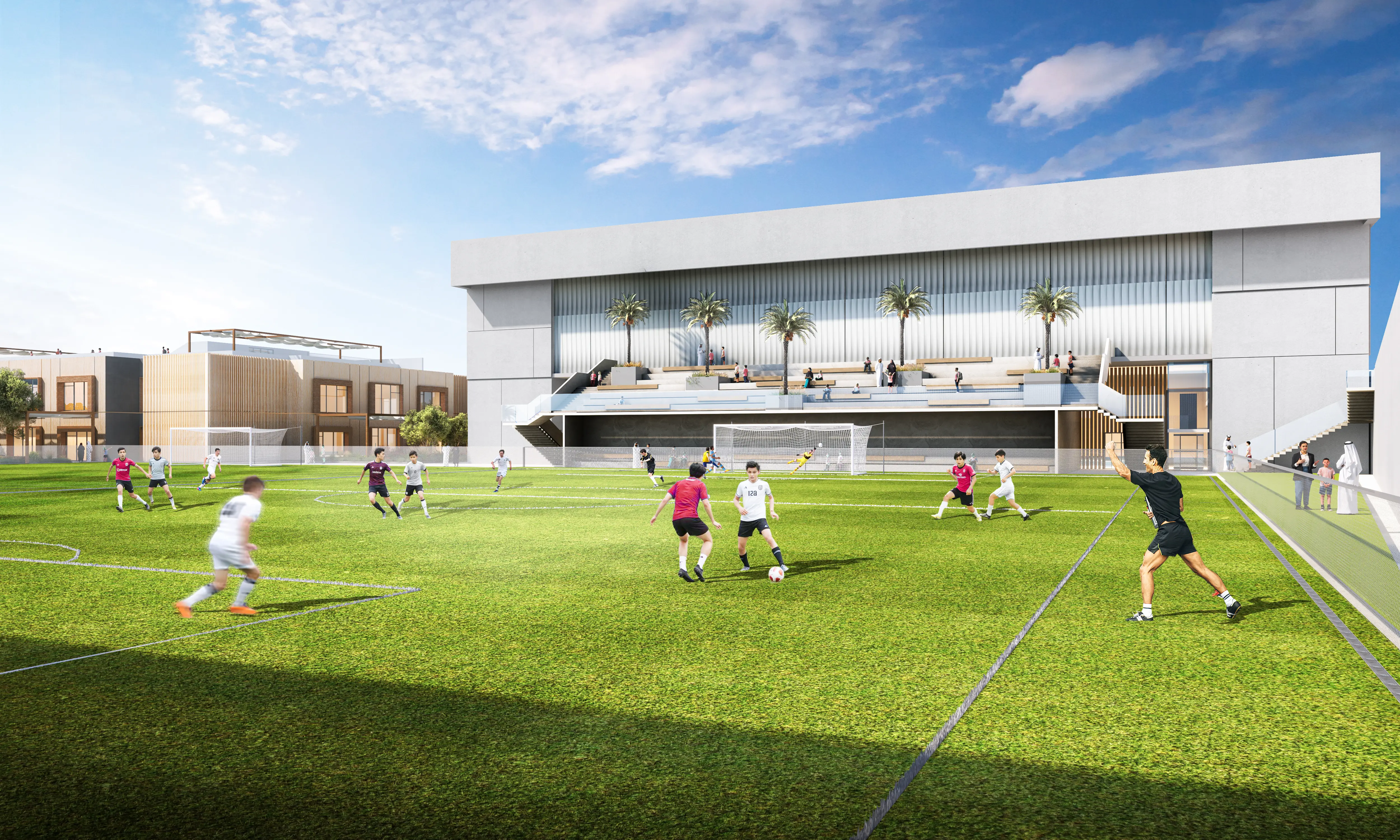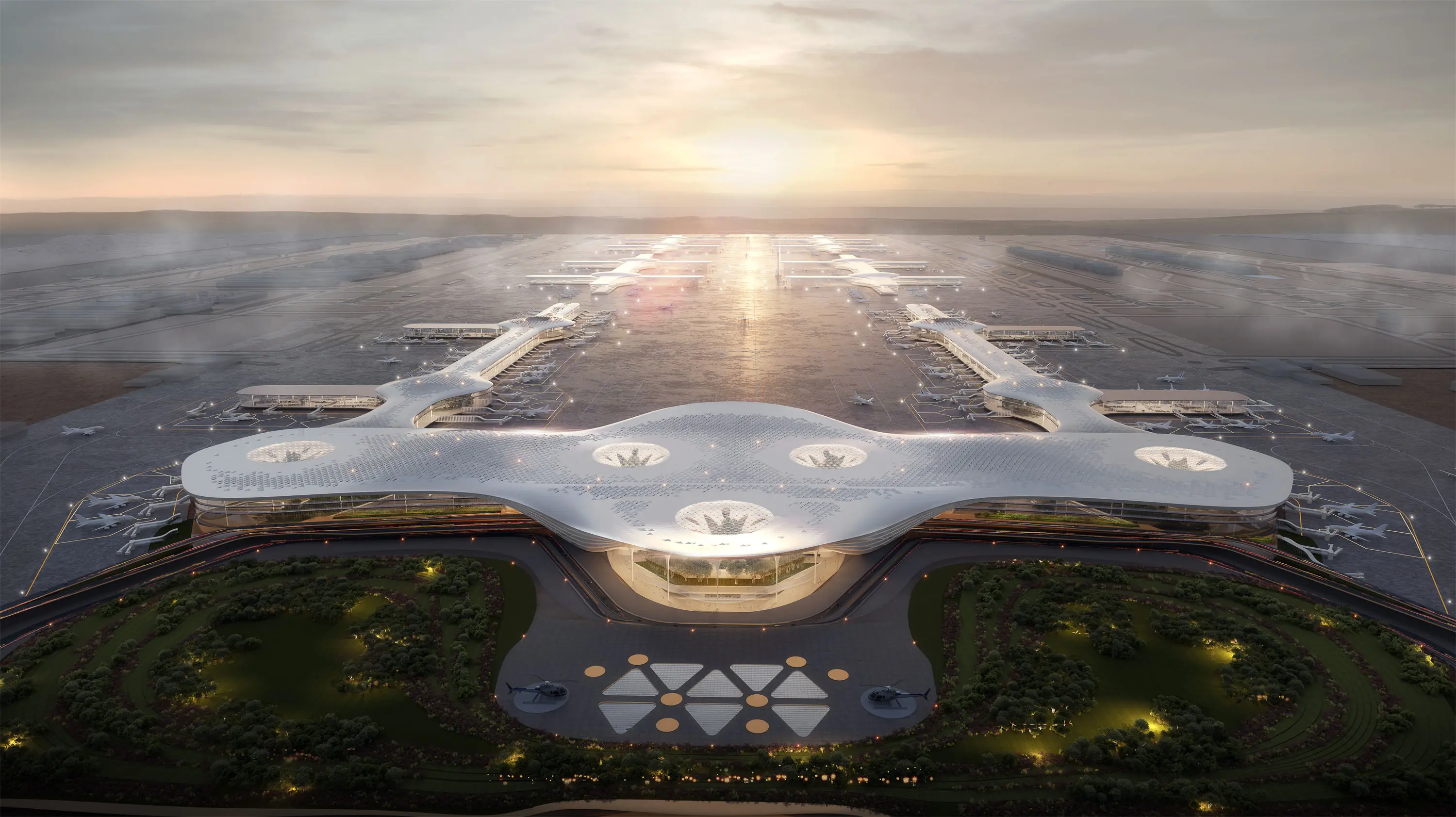Why use ai render architecture
The breakthrough path of digital rendering: When AI Technology Penetrates the Texture of creation
Behind the scenes of the film and television industry, a 72-hour metallic texture rendering was once the norm. The lighting technician needs to adjust the reflection parameters frame by frame. The fans in therendering farm roar day and night, and even the slightest noise in the final picture may need to be overturned and started over. One day, Pixar's technical team discovered that the neural networks trained through tens of thousands of real metal photos could precisely capture the diffuse reflection patterns of light on titanium alloy surfaces. AI rendering did not enter as a "substitute", but transformed into an invisible paintbrush, infusing technical traces into the veins of creation.
The "Invisible Computing" Behind the Efficiency Revolution
Traditional path tracking algorithms are like precise clocks drawn frame by frame, and the refraction of each ray of light needs to be strictly calculated according to physical formulas. However, in the AI rendering architecture, deep learning models are like seasoned painters, capable of "predicting" the trends of light and shadow. For instance, NVIDIA's DLSS technology does not mechanically magnify pixels. Instead, it enables AI to "imagine" details by analyzing the corresponding relationships of tens of thousands of high-resolution and low-resolution images. When the game engine renders 1080P images, AI can already reconstruct 4000-level textures based on training data. While the frame rate increases, Players can hardly detect the existence of the algorithm. This kind of "intelligent sampling" is like a photographer's light meter, automatically focusing computing power on the junction of highlights and shadows in the picture, allowing the computing resources in the blurred background to naturally give way to the luster of the person's hair.

2. Algorithmic translation of artistic texture
In the production of an episode of "Love, Death and Robots", fabric simulation once gave engineers a headache: the wrinkling of silk in the wind required calculating the force on each fiber, and it took 8 hours to render a single frame with traditional methods. By learning the movement trajectories of real silk under different wind speeds, the AI model can preferentially retain the key turning points of wrinkles during sampling, and then fill in the transition details with a generative network. This logic of "emphasizing key points" is much like the "blank space" technique in traditional painting - AI does not blindly pile up the amount of calculation, but has learned the artist's judgment of the "visual center of gravity". When the audience is amazed by the refraction of raindrops on the glass in the picture, they do not realize that the trajectory of the string of water droplets sliding down the window lattice was "pre-deduced" by AI based on fluid mechanics data.
3. The natural reconstruction of the creative process
In the field of architectural visualization, there was once a saying of a "parameter hell" : adjusting the reflection coefficient of a marble texture might require the simultaneous modification of seven or eight lighting parameters. However, the AI material generation tool of Adobe Substance 3D can automatically match parameters such as the roughness and refractive index of the stone based on the keyword "Mediterranean villa" input by the user - this kind of "semantic rendering" is like having a conversation with a senior designer, and the AI has learned the implicit rules of "style" from a vast number of cases. A designer from a certain architectural firm mentioned that when they imported hand-drawn sketches into the AI rendering system, the algorithm could not only identify the style tendency of "modern minimalism", but also automatically generate light and shadow schemes that conform to the laws of sunlight, reducing the scheme presentation cycle by 40%.
4. Industry Metaphor of Technology Concealment
Today's cloud rendering platforms are undergoing more subtle changes: scenarios that previously required dozens of servers to operate in parallel can now be accomplished on ordinary hardware through distributed AI models. In the computer room of a certain film and television post-production company, the once roaring GPU cluster has been replaced by an AI scheduling system - the algorithm dynamically allocates computing power based on the complexity of the shots, allowing the skin texture rendering of close-up shots to obtain more resources, while the distant mountains use lightweight texture synthesis. This kind of "intelligent scheduling" is like the conductor of a symphony orchestra, allowing different computing power resources to be placed in their proper positions. In the final presented scene, the audience will only be moved by the plot rather than being aware of the existence of the technology.
When the AI rendering architecture is truly integrated into the creative process, it is no longer a cold tool but becomes an extended sense for creators. Just like when early filmmakers abandoned manual color palettes and switched to electronic color grading, technology eventually merged into the narrative texture of the images. Today's rendering technology is no different: those sampling paths optimized by AI and the light and shadow changes predicted by neural networks are quietly transforming into a touching sense of reality on the screen - perhaps this is the ultimate significance of AI rendering: to make technology disappear behind art, leaving only the visual shock echoing in the hearts of the audience.


